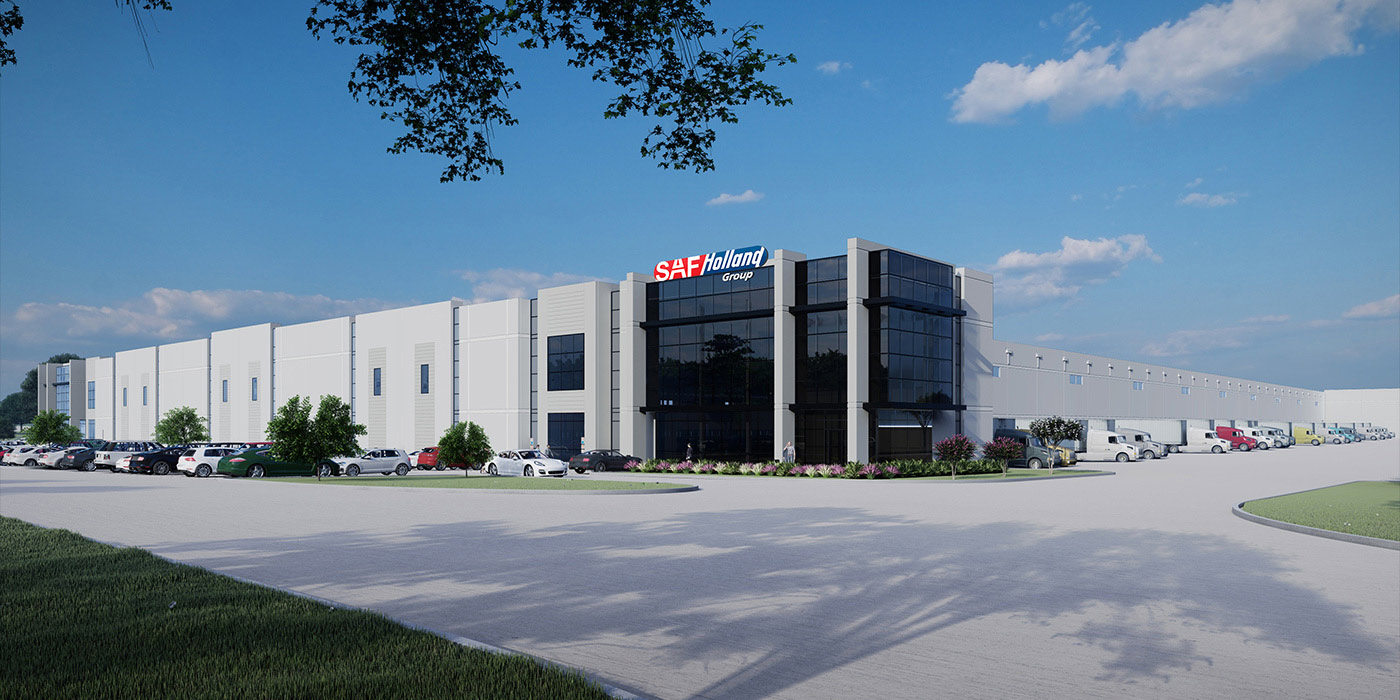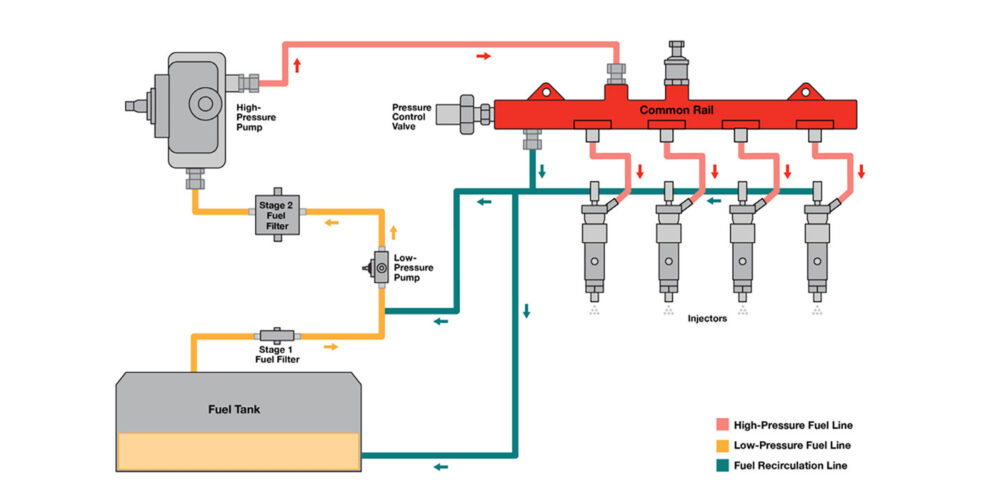I’m old enough to recall the first time gaseous fuels were considered for use in trucks in the ‘60s and ‘70s. Although it was widely recognized that gaseous fuels were much cleaner-burning than diesel fuel, the lack of a fueling infrastructure and the narrow operating range of early design fuel/air mixers eventually caused potential users to lose interest. Only a few fleets stuck with gaseous fuels.
At that time, most people utilized propane or butane, because they have roughly twice the energy content of CNG, and their chemical composition doesn’t vary. Natural gas (NG) on the other hand, was used directly as it came from Mother Earth, and its composition could vary significantly, depending on the region where it was recovered. Don Dawson even experimented with LNG. Advanced technology like oxygen sensors wasn’t available then.
Eventually natural gas became a non-event. It bothered me because natural gas was so plentiful, yet people couldn’t or wouldn’t use it except for home and industrial heating. It was troubling to work next to an oil refinery and see so much natural gas simply burned off in field flares.
Boy, how times have changed! Several stars have aligned to make compressed natural gas (CNG) and liquified natural gas (LNG) viable alternatives to ULSD or biodiesel:
1. The refueling infrastructure is being built.
2. Modern gas engine designs are tolerant of the varying composition of natural gas.
3. Thanks to hydraulic fracturing (fracking), we now have a 100-year supply of natural gas.
4. The cost of natural gas is, and will remain, very low.
5. Other alternate forms of energy are encountering obstacles.
NG refueling stations are being built to service centrally fuelled fleets. Clean Energy Fuels has committed to building 150 refueling stations along major trucking routes in two years. Shell Oil is also planning to build one hundred refueling stations. ConocoPhillips and Exxon have also purchased several natural gas drillers. Power stations are quietly converting to natural gas to reduce CO2 emissions. Service training organizations are now taking steps to get sufficient people trained (and ASE-certified) to service gaseous-fueled vehicles.
Thanks to the efforts of pioneers like Impco and Westport Innovations, in partnership with several diesel engine builders, natural gas operational problems have been drastically reduced. One of the reasons I prefer the use of natural gas in diesel engines is the fact that natural gas combustion produces much smoother brake mean effective pressure (BMEP) pulses on the crankshaft and bearings than compression ignition of diesel fuel.
Fracking has opened up more natural gas reserves than your local Mexican food restaurant. The U. S. is slated to overtake Russia as the world’s largest producer by 2015, but I think that milestone will occur sooner.
Because of our enormous natural gas reserves, I don’t think natural gas prices will do more than double in the next five to seven years, not counting inflationary effects. I also don’t see the prices of biodiesel or ultra low sulfur diesel (ULSD) fuels dropping in the future as many people predict. The government hasn’t renewed biodiesel’s tax credit, and that is unlikely when everyone is focused on the natural debt crisis. As a result, biodiesel costs significantly more than ULSD to produce. The easy-to-extract crude oil is almost gone, so the enormous costs of deep-water and horizontal drilling techniques will soon adversely affect the selling price of ULSD. Besides, several states are clamoring to increase taxes on ULSD to help pay off debt. Other alternate sources of energy aren’t performing as expected. Electric vehicles sorely need a battery breakthrough to be cost competitive. U. S. solar power companies are dropping like flies due to Chinese competition, and wind power has encountered several technical difficulties.
Learn to love that stinky smell (it’s actually due to mercaptan sulfur); it’s your future.













